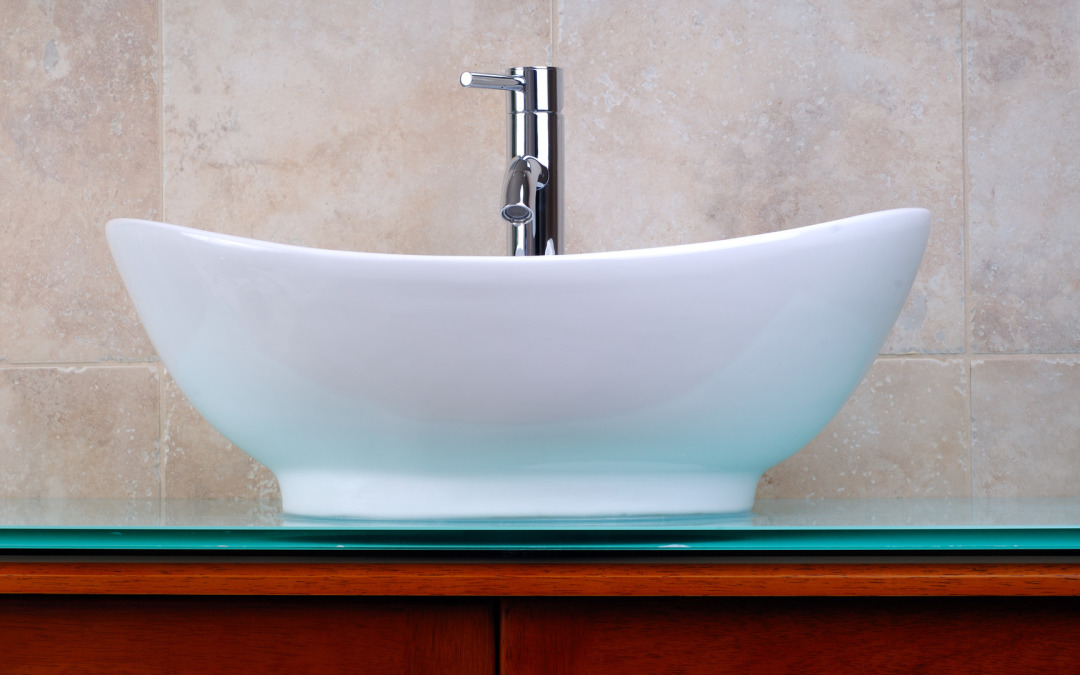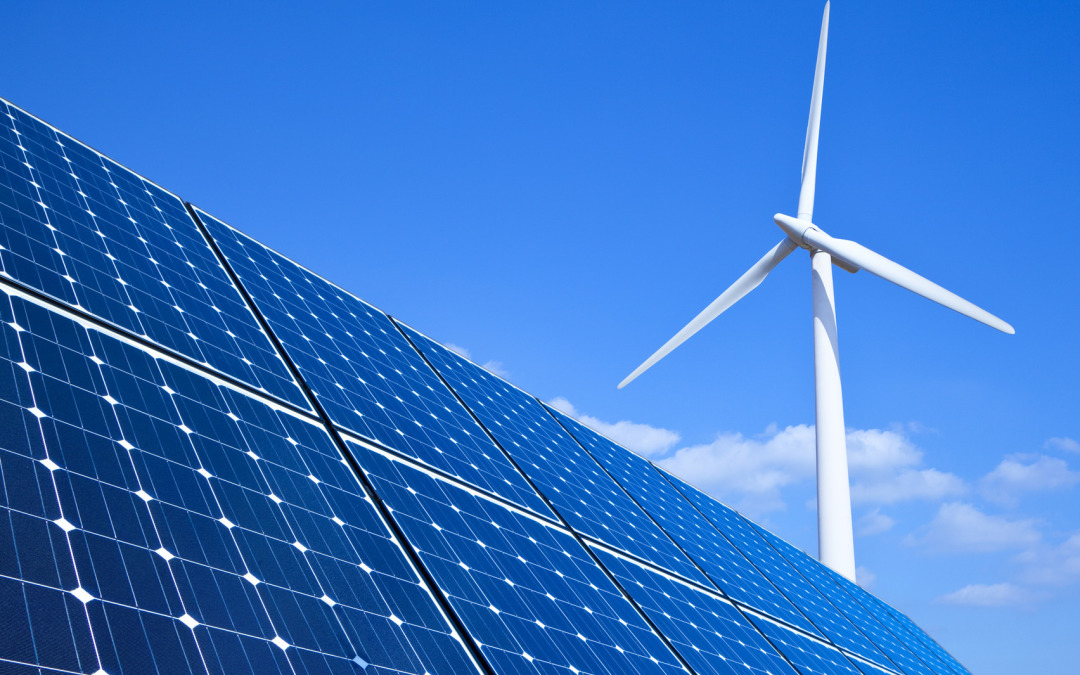
by Robert MacDougall | Oct 16, 2014 | Homeownership, renovations
10 Tips for Bathroom Renovations
Got a small bathroom to renovate? Go wild with texture and colors if it’s a rarely used guest bath, but stick to clean and simple in a master bath.
That’s the word from designer Jamie Gibbs, who transforms incredibly small New York City bathrooms into beautiful spaces. “I liked being shocked by details in a little space, especially if it’s not going to be used much,” Gibbs says.
His small-bath secrets:
1. Avoid textures in bathrooms that get daily use. In a heavily used bathroom, anything with texture becomes a collection spot for mold, mildew, and toothpaste. Say no to carved vessel sinks or floor tile with indentations.
2. Be careful with no-enclosure showers with drains right in the floor. These Euro showers allow for a feeling of openness, but the average American contractor doesn’t know how to waterproof the floor for them, Gibbs says. The tile seals can be compromised if not installed correctly, causing the materials to decompose, and water to leak underneath.
3. Use opaque windows and skylights to let light filter into all parts of the bath. A long skinny window with frosted glass means you don’t have to burn high-wattage light bulbs. Make sure water condensation will roll off the window into an appropriate place (i.e. not the framing or the wall) to avoid future maintenance issues.
4. Look for fixtures that have a single handle rather than separate hot and cold taps. “Space-saving gearshift faucets are a very good choice in small bathrooms,” says Gibbs. You’ll also save money by not having to drill holes in the countertop for the hot and cold taps.
5. Save space with wall-mounted toilets and bidets, but be aware that the water tank goes into the wall. That’s fine if space is such a premium that you won’t mind going into the wall to make any repairs. But if you share a wall with a neighbor, that’s a different issue.
6. Use a wall-mount faucet to make a reduced-depth vanity work in a small space. “I can get away with a 22” vanity instead of a 24” vanity with a wall mount faucet,” Gibbs says.
7. Check the space between the handles and the faucet of any space-saving fixtures. “If you can only get a toothbrush in it to clean, you’ll save space, but it’s functionally stupid,” Gibbs says. Make sure the sink is functional, too. If you’re using a vessel sink, make sure it’s large enough and not too high. “If it’s too high, you’ll knock it so many times that the fittings will come loose,” Gibbs says.
8. A pedestal sink is all form and no function. “It’s a great-looking sink, but there’s no place to [set] anything,” Gibbs says.
9. Wall-mounted vanities seem like they’re space savers, but they create dead space between the vanity and the floor — a space that often accumulates junk and never gets cleaned.
10. If you’re comfortable with it, go European and put up a glass walls between the bathroom and bedroom to create the illusion of space. Or put bathroom fixtures in the bedroom just outside the bath.
Source: Dona DeZube, © Copyright 2014 NATIONAL ASSOCIATION OF REALTORS®

by Robert MacDougall | Oct 16, 2014 | Green Living
What to Buy?
Buy this, not that. Use this, not that.
But what’s the “that”?
Such is the dilemma facing consumers who want to know the green qualities of products they’re using. Yet few have the time or expertise to do an exhaustive health and environmental analysis of common products on their own.
Thanks to the efforts of a number of groups, consumers can identify quality green goods quickly and easily.
The GoodGuide, for instance, helps people figure out what products to buy and the ones to avoid, whether it’s because something contains dangerous chemicals or was produced in a sweat shop.
The guide features information on 50,000 products, including food, toys, household items and personal care products.
GoodGuide collects data from around the world on chemical ingredients, products, brands, factories, companies and translates that data into easy-to-use ratings of products and companies.
For instance, products get overall scores and scores in health, environment and society categories, and the guide looks at a product’s impact on things like water, air and energy. It also lets people make side-by-side comparisons of favorite brands. For foods, it offers nutritional information too. Those wanting to make quick choices without reviewing the background or doing comparisons can just look at the scores and pick the top-ranked items. In many cases, the distinction among products is obvious. As an example, some laundry detergents score a mere 2.9.
Others get a score of 7.9.
Those with an iPhone have it even easier. They can download GoodGuide’s app and scan a product’s bar code at the store to see its score.
Good Housekeeping also is working to make green shopping easier through the launch of its Green Good Housekeeping Seal (GGHS).
Scientists and engineers at the Good Housekeeping Research Institute (GHRI) worked with Brown & Wilmanns Environmental, a green consultant, as well as other environmental experts, to establish criteria for the GGHS.
GHRI examines an array of variables to assess products’ environmental impact. Factors it considers include water use and energy efficiency in manufacturing, ingredient safety, packaging reduction and the brands’ corporate responsibility.
The first round of products it’s testing are cleaning and beauty products, and GHRI intends to provide evaluations in more than 12 more categories, such as building products, home appliances, consumer electronics, textiles, and children’s products.
The program has dual goals. One is to give consumers a reliable guide to products that are making strides toward being environmentally sound and delivering better health for families and the earth. It also wants to encourage manufacturers to adopt and incorporate more green practices into the composition, production, packaging, distribution, and use of their goods.
Source: Green REsource Council Newsletter, January 2010

by Robert MacDougall | Oct 16, 2014 | Green Living, Homeownership
Cutting Solar Costs
Solar energy is roaring ahead. The industry goal of becoming price-competitive with conventional electricity is closer to being realized.
In fact, right now, there is an oversupply of solar panels, which is driving prices down. Meantime, manufacturers are working on new technologies that they hope will cut production costs and differentiate themselves. Thin films are among the new materials they’re banking on, though they are less efficient than at converting sunlight into electricity than more traditional silicon panels.
Companies are also entering into new types of partnerships. One manufacturer has partnered with insurance providers to offer insurance for its panels. Customers have the peace of mind of knowing that the panels are guaranteed even if the manufacturer goes out of business.
Interior Department Plans Solar Zones
The U.S. Interior Department has announced that it has identified 670,000 acres of land in six western states as potential locations for solar energy production. Divided into 24 solar energy zones, the land is suitable for rapid development of renewable energy sources and has the potential to produce as much as 100,000 megawatts of solar electricity.
There is some controversy around the land, however, with the ecological sensitivity of the areas in question. Officials are still evaluating the environmental impact of the large solar arrays.
Solar vs. Wind Power for Residential Use
Recent studies have found that on certain landscapes, when comparing small-scale wind turbines to solar panels in residential use, the cost-to-power ratio favors solar.
For instance, one study by CleanTechnica looked at generating 200 kilowatt hours (kWh) per month, which would be ample for a “frugal resident in a tiny house.” A small turbine with three-foot blades generated 20 kWh/month. Purchasing enough turbines to generate the requisite 200 kWh would cost $127,100.
Yet in this same situation a 200 kWh/month solar power system would cost roughly $15,000.
Using small-scale wind power would cost more than eight times as solar to generate the same amount of power. Of course, results would vary based on regional factors including the specific wind patterns and speeds, hours of direct sunlight, and other factors unique to that area.
Sources: RenewableEnergyWorld.com, GreenAndSave.com, Treehugger.com and the American Solar Energy Association, © 2013 Green REsource Council of the National Association of REALTORS®

by Robert MacDougall | Oct 14, 2014 | Green Living, Homeownership, Selling
REASONS THAT GOING GREEN MAKES SENSE
There is a variety of reasons to go green, but most come back to supply and demand. We have a limited amount of resources available and more and more people using them up. If we want our future generations to enjoy the same standard of living we’ve experienced, we need to take action.
Green building is a great place to start, as buildings consume 14% of potable water, 40% of raw materials, and 39% of energy in the United States alone (according to the US Green Building Council). That’s 15 trillion gallons of water and 3 billion tons of raw materials each year! If that’s not enough to convince you, here are some other reasons to go green:
For The Environment
Want to make the world a better place? Implementing green practices into your home or office can help reduce waste, conserve natural resources, improve both air and water quality, and protect ecosystems and biodiversity.
For The Savings
Want to make your dollar go further? Green systems and materials reduce energy consumption, which in turn reduce your energy bills. They also increase asset value and profits and decrease marketing time; making your dollar go further for longer.
For Your Health
Want to live healthier? Green building isn’t just good for the environment; it’s also good for YOU. Sustainable design and technology enhance a resident’s overall quality of life by improving air and water quality and reducing noise pollution. According to a 2006 study by the Center of the Built Environment, University of California, green office buildings improve productivity and employee satisfaction in the workplace.
Source: © 2013 Green REsource Council of the National Association of REALTORS®

by Robert MacDougall | Oct 14, 2014 | Buying, Green Living
According to the U.S. Green Building Council, “Generally, green homes are healthier, more comfortable, more durable, and more energy efficient and have a much smaller environmental footprint than conventional homes.”
Sustainable properties are the future of the real estate industry. Consumer demand, residential builders, federal government incentives, and local government policy are making this happen. Many consumers, real estate professionals, and property owners are taking steps towards greening their properties.
As the green building movement gains momentum, so does the consumer demand for greener properties. Two-thirds of consumers are paying attention to green homes and buildings; they recognize the link between green properties, cost savings and healthy living.
Consumers also understand the long-term investment and savings associated with greener homes. Homebuyers surveyed by NAR who ranked energy efficiency as “very important” purchased homes that had a median price $12,400 higher than those who ranked it “somewhat” or “not important.”
Source: © 2013 Green REsource Council of the National Association of REALTORS®





